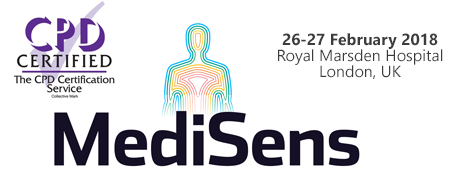Members Login

Channels
Special Offers & Promotions
What can medical imaging learn from baseball?
It may seem like a convoluted analogy but actually the comparison is profoundly linked to how diagnostic medicine is changing thanks to technology.
Wind back 15 years and the real power of getting a solution, i.e. assembling a team, was with the sports scouts, by feel, using their experience to spot opportunities and create balanced teams based on small budgets. The back-room boys, modelling of pre-existing data-sets to extrapolate patterns, able to influence broad strategies but little in the way of hands-on selection of who plays in which game. Then came the Oakland A’s – immortalised in the film Moneyball – and a slew of data-driven decisions made by a stats nerd, which successfully catapulted a minnow side into the highest echelons of the game with a team assembled from the sport’s has-beens, rejects and misfits.
‘Trust the data, not the professional’, became the mantra, and scouts with decades of combined experience were shown the door. That should provide a profound wake-up call to clinicians, notably with the rapid march of various branches of Artificial Intelligence (such as Machine Learning and Deep Learning) to perform analysis on source data to arrive at a diagnosis and possibly have a computer decide a course of treatment.
For those anticipating a world of autonomous cars where computers are in control (and potentially even wrest control from puny low-skill humans) this is likely to cause some degree of concern. Computers aren’t yet known for their bedside manner, after all, but nor are patients ready for their medical journey to be controlled by computer.
Within a few years, the rest of the Baseball top flight had sacked their scouts, readjusted their models, and the data-driven advantage was copied by everyone, re-levelling the playing field… until they started to realise that actually the scouts could offer data sources that weren’t recorded in the stats. They could take measure of the player’s personality, family and environment factors, see how they responded to pressure, assess like-for-like based on feeling and observation – skills that, like clinicians, take years to develop.
So where is the happy medium in the interim?
Software skills need to marry to soft skills, and until computing and robotic technologies can match clinicians in every conceivable avenue, the relationship will need to be developed with consideration to patient, clinician and device manufacturer. The data-driven future is coming, but we don’t need to rush towards it blindly, instead prepare ourselves for a gradual integration, and work towards technology and data to reduce human error, whether that’s digital double-reading, or eliminating over-diagnosis, any advantage that can improve clinical outcomes should get our attention.
Baseball found a balance using statistical analysis and human input, and just as with any significant burst of innovation, the same high-spending teams came back to the advantages they had before, just by improving their methods.
The medical profession has always been driven by humans working with the very best data they can generate, but that is unlikely to hold true forever. How we reach that point will be a challenging journey, involving considerable expense and experimentation, but the motives are no different than baseball. At the end of it all, everyone wants to hit out of the park and walk away a winner.
Find out more about the relationship between clinicians and the future of technology, at MediSens from 26-27 February 2018 at the Royal Marsden Hospital, London
Media Partners



